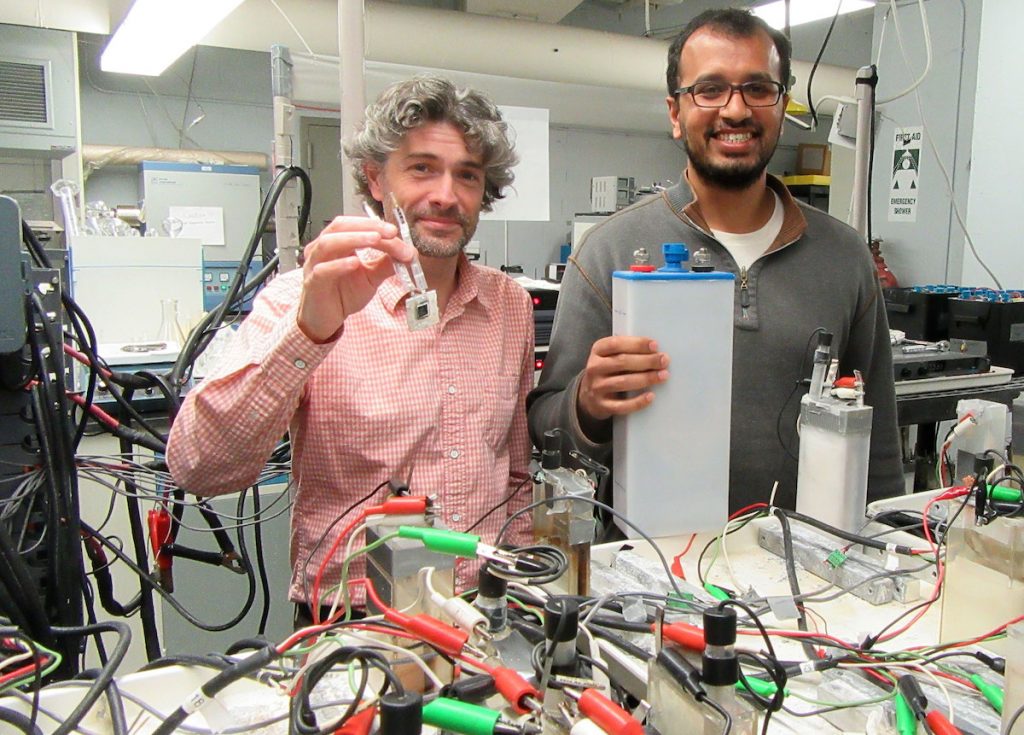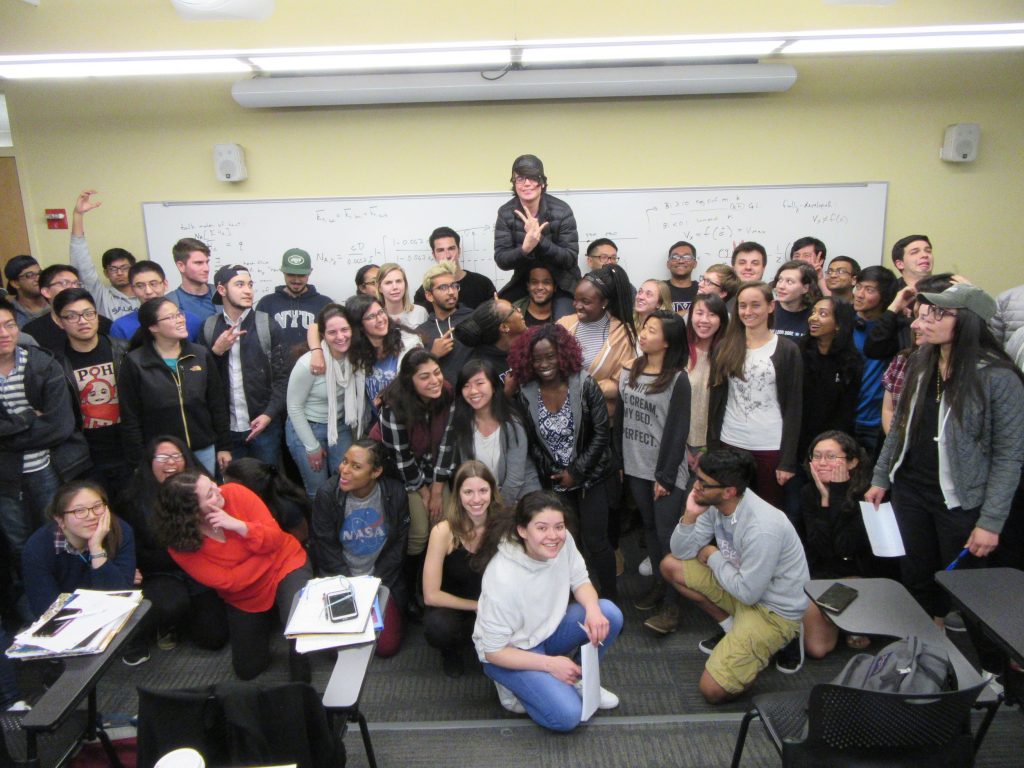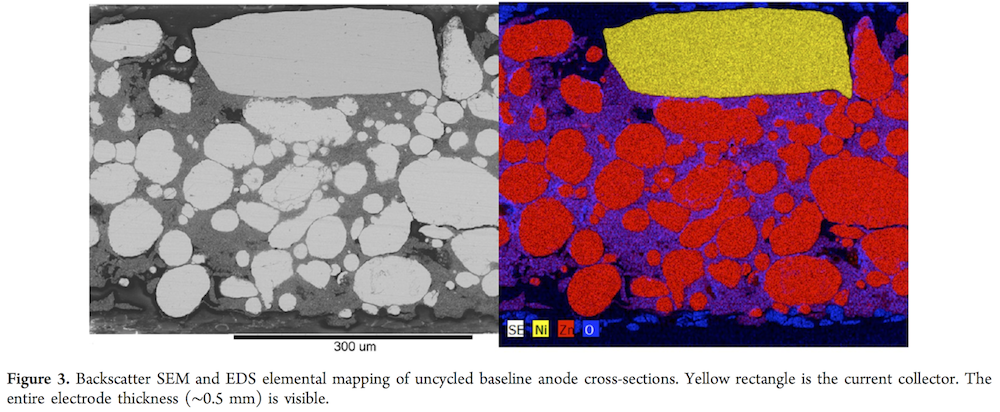I’m in the middle of packing, headed to Boston where a new lab awaits. Even though I’m extraordinarily busy, I feel the pressure to get some new battery content up on the website. This will have to do for now. See you soon!
National Synchrotron Light Source II User Profile
The Brookhaven National Lab newsroom has a nice profile about the work we did at the SRX beamline as one of the first user groups to work there. As soon as beamtime proposals were being accepted in 2015, we submitted one to study the mechanism of a new battery formulation we had just discovered (and which has since been published). Since then we made three trips to collect data, all of which were insightful. I just gave a preliminary account of what we found in a talk at ECS, and I hope to have the paper out in the fall.
In the article I tried to lay out why the SRX beamline was the perfect tool to do what we wanted, electrochemically. If you’re interested in the simultaneous oxidation/reduction of several different elements (in our case Mn, Bi, Cu) SRX lets you map them spatially and also sample their redox states on the fly.
Many thanks to Laura Mgrdichian who interviewed me and Gautam and wrote the article. She started by asking “What draws you to this research?” and I’m always happy to answer that. Electrochemistry is instrumental in getting society to the ultimate goal of energy sustainability.
Some exciting news: New job
I’m happy to announce that beginning this fall I’ll be the DiPietro Assistant Professor of Chemical Engineering at Northeastern University. There I’ll continue working to improve kinetics and transport within complex electrochemical systems. You can expect batteries, phase changes, and synchrotron science, as well as some new tricks. It’s an understatement to say I’m looking forward to it. See you soon.
Transport Phenomena at NYU: 2017
A hardy thank you to the Transport Phenomena I and II class that just finished up the year at NYU. This was a great class, and sadly my last. After seven years teaching Transport in Brooklyn, I’m headed on to other things. May the no-slip boundary condition be with you!
Rechargeable Zinc Alkaline Anodes for Long-Cycle Energy Storage
We have a new paper out, led by Dr. Damon Turney, which is required reading for anyone who wants to know the practical considerations for commercializing rechargeable zinc anodes, particularly energy density values. Inside there’s a modern literature survey of zinc alkaline anodes with levelized performance metrics, along with experimental assessment of leading formulations. Long-cycle materials characterization, performance metrics, and failure analysis are reported for over 25 unique anode formulations with up to 1500 cycles and ∼1.5 years of shelf life per test.






